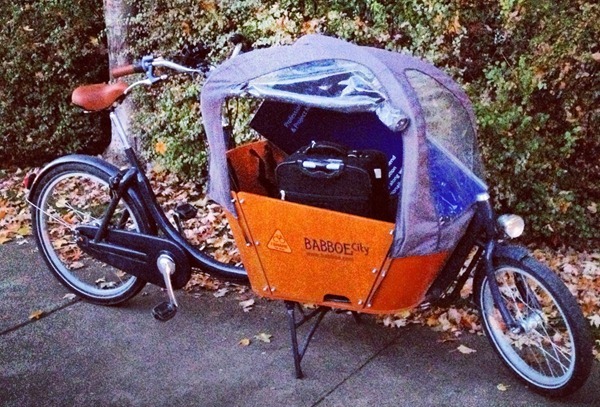If you build something painful, they will come. In the 21st century, it seems the only thing we like better than self-flagellating activities is self-flagellating activities with other folks, competing to see who can, in the words of Dean Karnazes, “survive the fastest.” Fortunately, we have all kinds of outlets when it comes to human-powered suffering over long distances. Here are our picks for the toughest of the tough. 1. Mountain Biking: Tour Divide/Great Divide Race The world’s longest unsupported off-road cycling race began as the Great Divide Race in 2004, when four racers finished time-trialing the U.S. portion of the Great Divide Mountain Bike Route from Roosville, Montana, to Antelope Wells, New Mexico, in less than 30 days. In following years, a handful of racers gathered to compete, and in 2008, an additional section of the route was added to the course, starting in Banff, and the race lived on as Tour Divide, a 2,745-mile string of jeep roads, singletrack, and pav...
